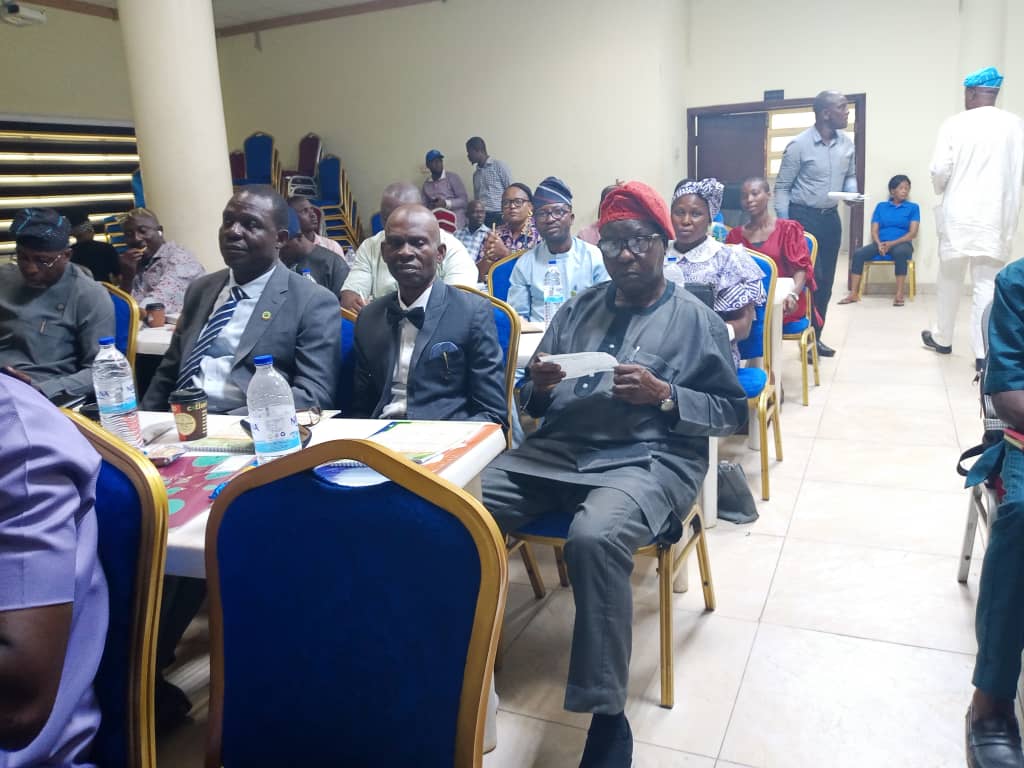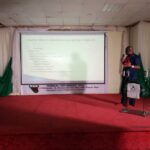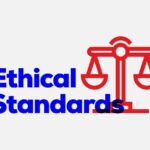
DEVISING ACCEPTABLE PHYSICAL PLANNING ADVOCACY REPORT
Urban and regional planning plays a crucial role in sustainable development, and one of the most powerful tools in influencing policy and decision-making is a well-crafted Physical Planning Advocacy Report. At the ATOPCON Lagos One-Day Workshop on “Improving Standards of Physical Planning Deliverables”, Tpl Bisi Adedire, FNITP, delivered an insightful lecture on "Devising Acceptable Physical Planning Advocacy Reports." This lecture emphasized the importance of structured, evidence-based reports in shaping urban development policies, securing project approvals, and fostering sustainable growth.
What is a Physical Planning Advocacy Report?
A Physical Planning Advocacy Report is a document designed to present evidence-based arguments that support urban planning initiatives. It serves as a professional tool for advocating for regulatory amendments, land use planning adjustments, and policy changes. The report is a structured document aimed at:
- Justifying planning interventions.
- Providing regulatory and environmental compliance insights.
- Ensuring that urban expansion aligns with sustainable development goals.
- Engaging stakeholders in the decision-making process.
Key Components of an Effective Advocacy Report
Tpl Bisi Adedire outlined a structured approach to developing a compelling advocacy report, which includes:
-
Defining the Purpose and Scope
- Identify the goal of the report (e.g., advocating for zoning changes, urban renewal projects, or environmental conservation).
- Specify the geographic focus and target audience.
-
Conducting Research and Data Collection
- Analyze existing policies, zoning laws, and urban regulations relevant to the advocacy topic.
- Gather spatial data using Geographic Information Systems (GIS), drone mapping, and environmental impact assessments.
- Engage stakeholders, including community members, policymakers, and urban planners.
-
Identifying Key Issues and Challenges
- Clearly outline the problem statement and its impact on urban development.
- Discuss the root causes, whether policy gaps, poor implementation, or lack of stakeholder engagement.
-
Developing Strategic Recommendations
- Propose evidence-based solutions, including land use modifications, infrastructure development, and sustainability policies.
- Utilize maps, diagrams, and charts to make recommendations visually compelling.
-
Structuring the Report for Maximum Impact
- Executive Summary – A brief overview of objectives, key findings, and proposed solutions.
- Introduction – Background and rationale for advocacy.
- Current Situation – An analysis of the existing urban landscape.
- Issues & Challenges – Highlighting constraints and opportunities.
- Recommendations – Presenting practical and sustainable solutions.
- Implementation Plan – Timelines, responsible stakeholders, and funding considerations.
- Conclusion – A call to action for urban planners and decision-makers.
Modern Tools for Enhancing Advocacy Reports
To improve the quality and effectiveness of physical planning advocacy, modern technology plays a vital role:
- Drone Mapping – Capturing high-resolution aerial images for accurate land-use analysis.
- GIS Analysis – Using spatial data to create zoning plans and visualize urban growth patterns.
- 3D Modeling (AutoCAD & BIM) – Presenting future urban development plans through immersive visuals.
- Public Engagement Tools – Encouraging participation through surveys, digital platforms, and stakeholder meetings.
The Role of Relationships in Advocacy Success
Beyond technical expertise, strong relationships with stakeholders significantly impact advocacy outcomes. Successful advocacy requires:
- Transparent Communication – Keeping government agencies, communities, and private developers informed.
- Regulatory Compliance – Ensuring that advocacy aligns with planning laws and frameworks.
- Collaborative Problem-Solving – Encouraging dialogue to create win-win solutions for all parties.
Conclusion
A well-prepared Physical Planning Advocacy Report is a powerful tool in influencing policy and urban development decisions. By combining data-driven research, stakeholder engagement, and technological tools, urban planners can drive positive change, promote sustainable growth, and ensure compliance with urban planning laws.
The ATOPCON Lagos workshop reaffirmed that as cities continue to expand, advocacy must evolve, leveraging innovative approaches to build livable, resilient, and inclusive urban spaces.



